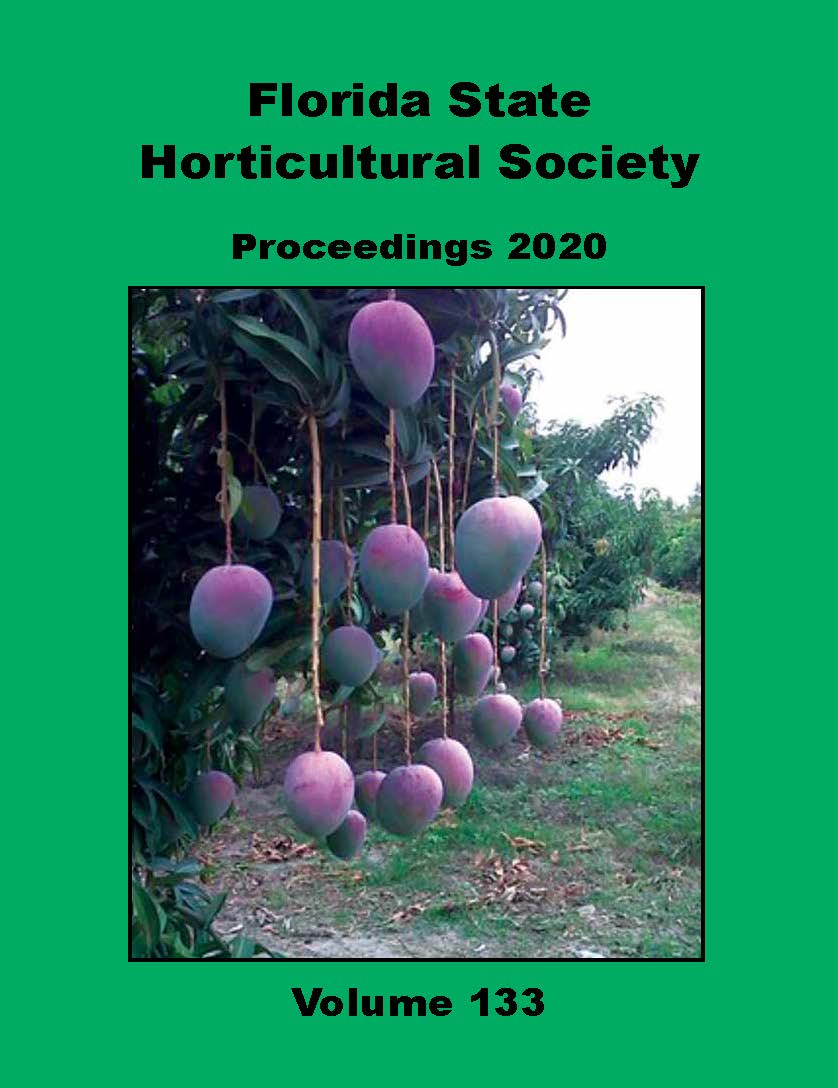Abstract
The effect of water stress on the physiological characteristics of two rabbiteye blueberry cultivars (‘Premier’ and ‘Climax’) and three Southern highbush cultivars (‘Star’, ‘Rebel’, and ‘Springhigh’) was investigated. A dehydration leaf assay was used to evaluate the drought-tolerance of blueberry types and cultivars. Fully developed leaves were placed in an airtight plastic box containing a salt solution for seven hours. This provided a controlled environment to study leaf water loss. Drought tolerance differed significantly between rabbiteye and southern highbush blueberries cultivars may indicate different sensitivites to dehydration. Despite having the highest stomatal density, ‘Rebel’ and ‘Springhigh’ lost the least amount of water, indicating they were least sensitive to dehydration. Application of abscisic acid (ABA) before the experiment decreased the amount of water loss in leaves, indicating the effectiveness of the assay to detect different responses of leaves to dehydration. Water loss was significantly affected by leaf age as younger leaves lost more water compared to intermediate and old leaves. A leaf dehydration assay can be used as a simple and reliable method to compare plant responses to water stress among blueberry cultivars.

